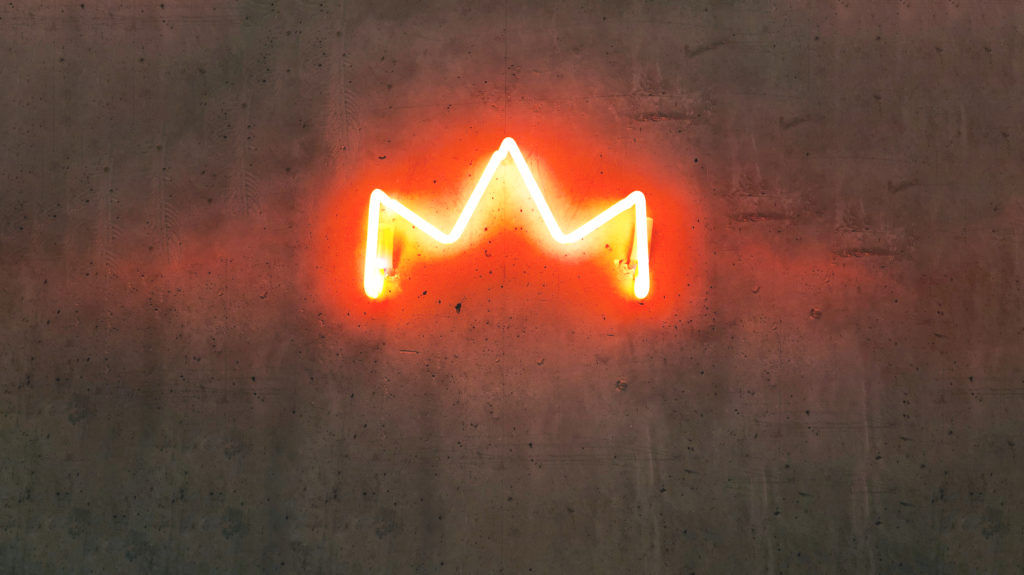
Insights
April 20, 2022Limitations to director’s loan
It’s very common that a DGA (director and major shareholder) of a BV (private limited company) has debts with his company. These often arise because private costs are paid from the corporate bank account or because money is temporarily borrowed from the BV. Debts and claims between the DGA and BV – the director’s loan – are not seen as problematic by Dutch legislation, unless this can be defined as excessive borrowing.
Background of debts
Often a DGA will take out a loan from the BV to supplement his salary or to make private investments. By supplementing the salary by means of a loan instead of a dividend payment, taxation can be postponed and in some cases even avoided.
A short note on private investments. When you withdraw money from your BV for a private investment, you’ll generally pay this out as a dividend, meaning you pay income tax on this in box 2 (26.9%). This leaves 73.1% of the amount left to invest with. The assets that you invest are subsequently taxed in income tax box 3 as wealth tax.
Another option is to take out a loan from the BV. In that case, you don’t yet pay tax in box 2, so you can invest with the full 100% of the borrowed amount. In addition, a debt arises that’s settled against your investments, resulting in you having no assets. As a result, you don’t pay tax in box 3. This construction leads to higher returns and less tax. So this is very interesting for a DGA!
However, such constructions are a thorn in the side of the legislator. That’s why it wants to introduce rules regarding excessive loans of the DGA with the BV. This new legislation is likely to come into effect as of 2023.

When is a loan excessive?
Lawmakers are looking to limit long-term tax deferral by setting legal limits to excessive borrowing. In order to determine when a director’s loan is excessive, we must first look at what is meant by excessive borrowing.
- The loans of all separate legal entities are added up. Suppose a DGA has three BVs where he each has a debt of €300,000. In that case this is also seen as excessive borrowing.
- Loans for owner-occupied homes are not taken into account. When a DGA has taken out a €1,000,000 director’s loan from his BV to help finance his own home, this is not considered excessive borrowing.
- Note that loans for owner-occupied homes taken out from 1 January 2022 must be mortgage loans if they’re to fall outside the rules for excessive borrowing.
- Loans to one’s own children and parents are also included. Otherwise, as a DGA, you’d be able to put the loan in name of your (underaged) child and thus evade the rules.
- The debts of a DGA and his or her tax partner are added together.
Consequences of excessive borrowing
When a DGA has a loan that’s classified as excessive, the DGA will have to deal with a punitive levy. This means that the part of the loan that’s higher than €700,000 is regarded as a fictitious benefit from a substantial interest. This means that if you have a substantial interest – roughly more than 5% of the shares in a BV – the benefits are taxed in box 2. Meaning, for example, that you pay 26.9% tax on dividends you receive with these shares.
At that point, the portion of the debt exceeding €700,000 is automatically taxed at 26.9%. So suppose a DGA has a debt of €800,000, then €100,000 will be taxed at 26.9%.
What can a DGA do against the consequences of excessive borrowing?
The new regulations will probably lead to unpleasant situations in which the borrowed money is no longer available, but the tax do needs to be paid.
As a DGA, what can you do to mitigate the consequences or respond to the new rules? Some examples are:

- Pay out dividends. The simplest solution is to pay out dividend. In this case the BV pays 15% dividend tax. The debt is reduced and the DGA later pays 11.9% in income tax.
- Selling house to BV. If the DGA owns a home, it can be sold to the BV. The purchase price is then deducted from the debt of the DGA to the BV. Obviously this is not ideal, because the house is now no longer private property but owned by the BV.
- Transfer loan elsewhere. If you have wealthy friends or acquaintances, they may be willing to take over part of the loan. By doing so, you can lower the loan taken out from the BV to an amount under the €700,000 threshold.
It’s clear that the consequences of the new regulations on excessive loans can be significant. In practice, however, this concerns only more than 10,000 DGAs. However, it’s important to monitor these loans and to prevent yourself from falling under these regulations.




